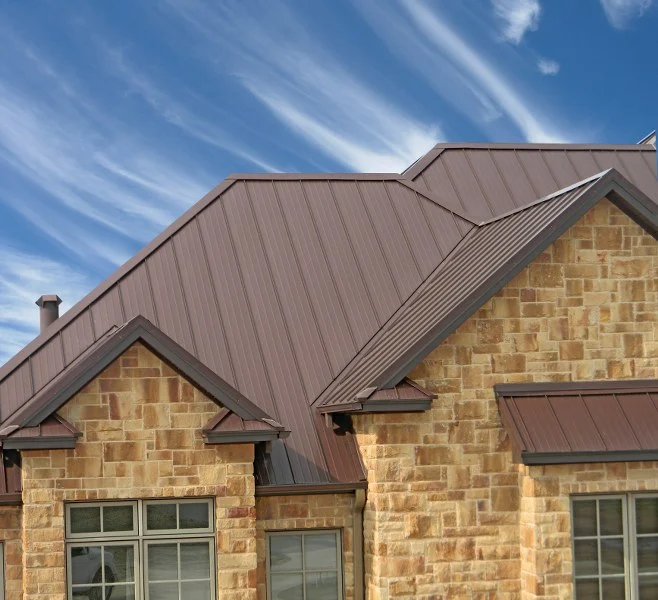Standing Seam Metal Roofing – Taking Metal Roofing To Another Level
People might think of the roofing industry as a boring field, but it is actually a dynamic trade that has been around for quite a time. With the great advancements in roofing technology coupled with a wide array of choices, there is actually more to roofing than meets the eye. One of the great breakthroughs that make roofing exciting is the emergence of Standing Seam Metal Roofing.
Standing seam roofing is considered to be among the most important breakthroughs for the roofing industry within the past two decades. It is highly recommended for builders who need a durable protection that is puncture-resistant and strong enough to withstand extreme weather conditions.
The Benefits of Standing Seam Roofing
What people like most about standing seam roofing is its durability. With the revolutionary sliding and concealed clip system, this type of roof can manage thermal shock. The clip system lets equivalent amounts of force to diffused in two directions, allowing for better shock absorption. This is make possible through rigid base upon which the clips are attach to the structural members of the building. The roof panel is clip to the upper pat to form a seam.
Standing seam roofs are also lightweight. A square foot of panel weighs merely from 1 to 1.5 pounds. This contributes to the roof’s ease in installation. They can practically installed any time of the year. Standing seam roofs can easily installed over an existing roof, eliminating the need to tear the previous layer off.
Standing seam roofing is also quite easy to maintain. The roof may perform problem-free for at least 20 years with minimal or no maintenance measures. This is so much better compare to other roofing options such as built-up roofs, which need to maintained frequently.
Standing seam roofing is also weatherproof. It can withstand win, rain, and even snow because of the weather-tight seam that join panels together. Sealants may even applied to these seams to further increase its protective properties. When properly installed, the roof can withstand high wind conditions, passing standards as high as UL 580 for wind uplift, as well as ratings as high as ASTM E-1592 for structural performance standard. The fire rating is high as well with a classification of Factory Mutual Class A, passing the highest standards for the industrial setting.

